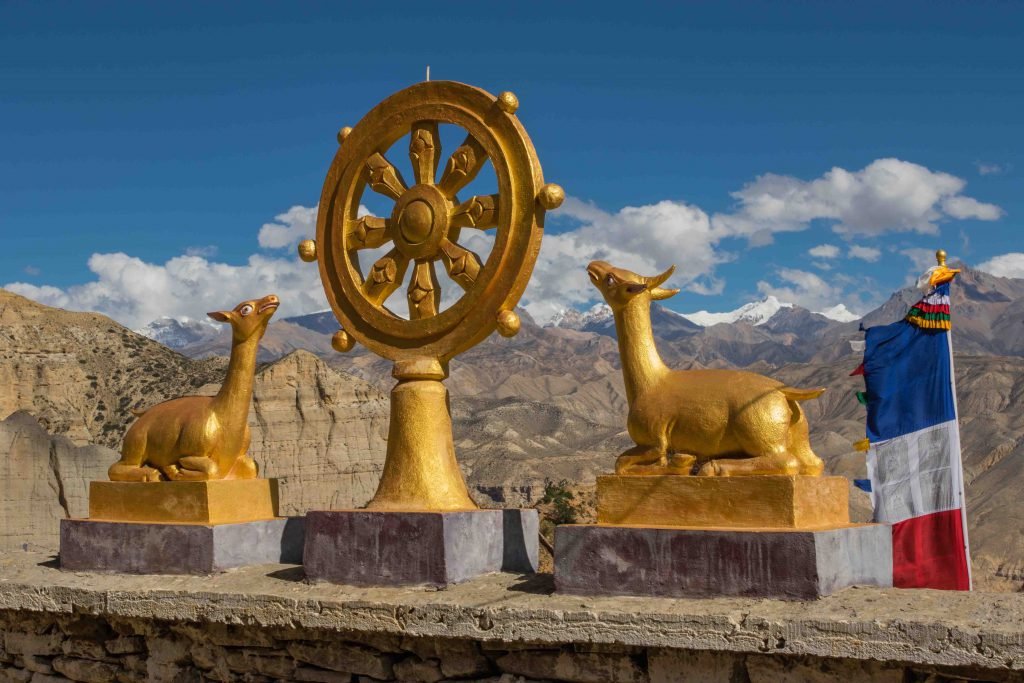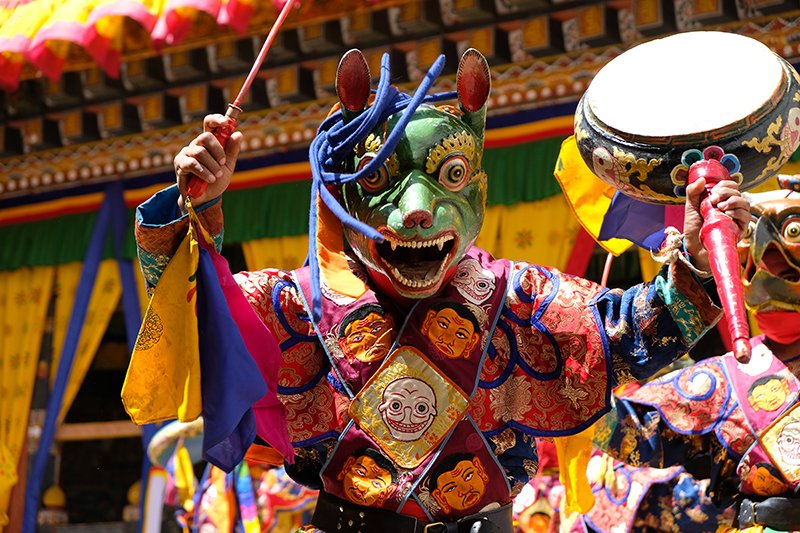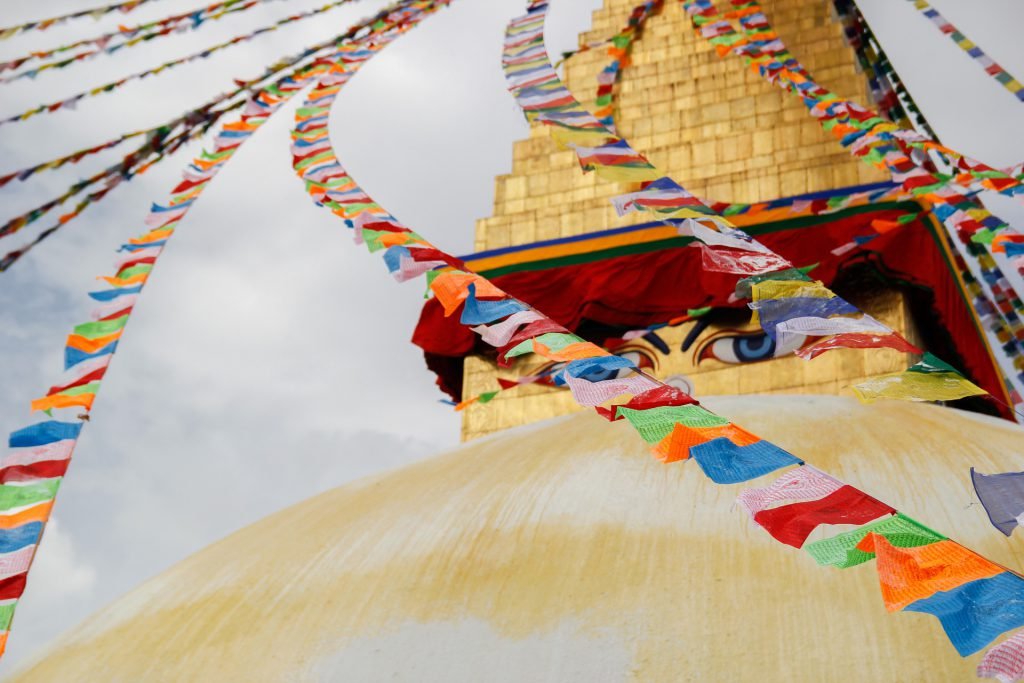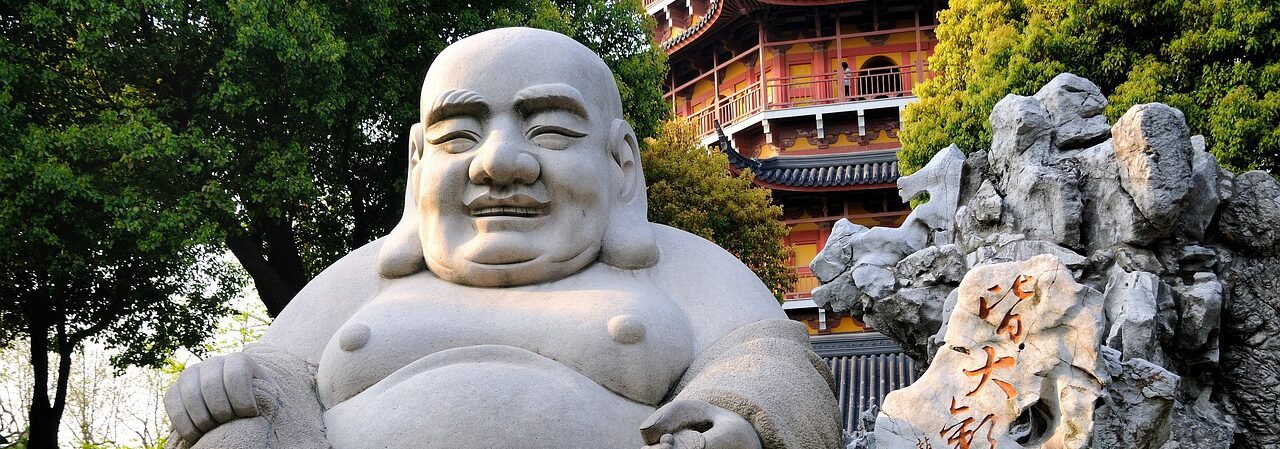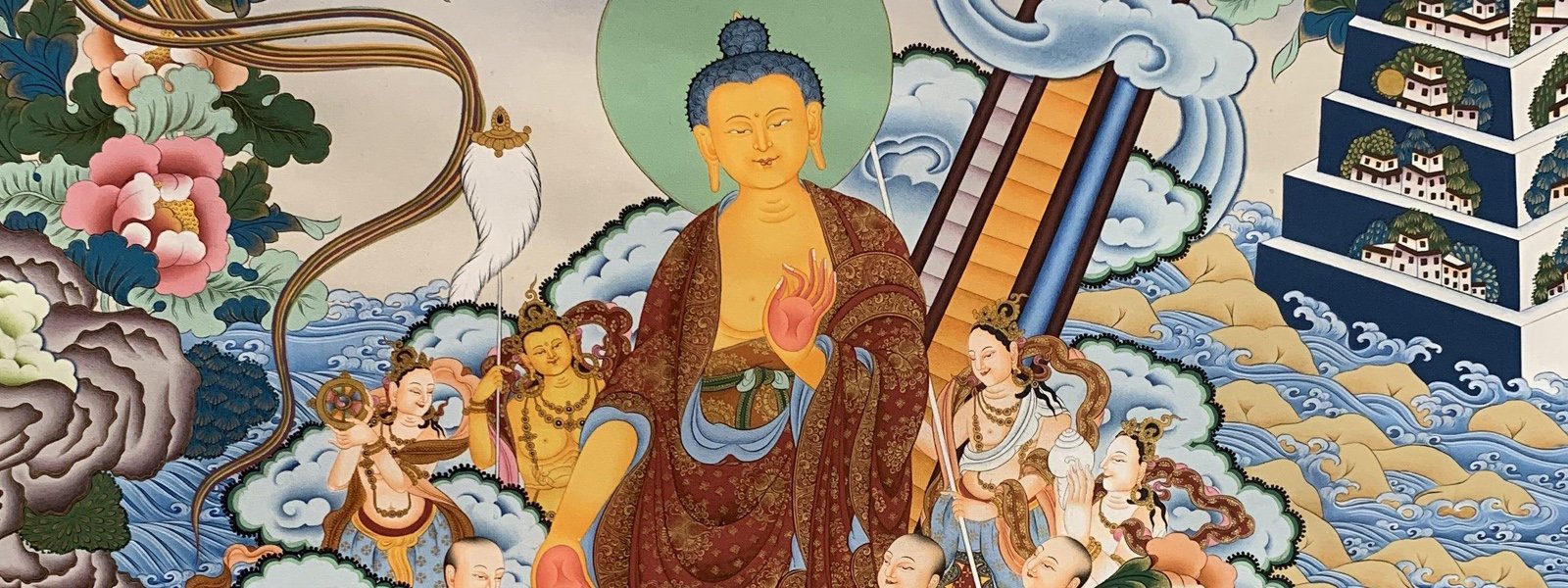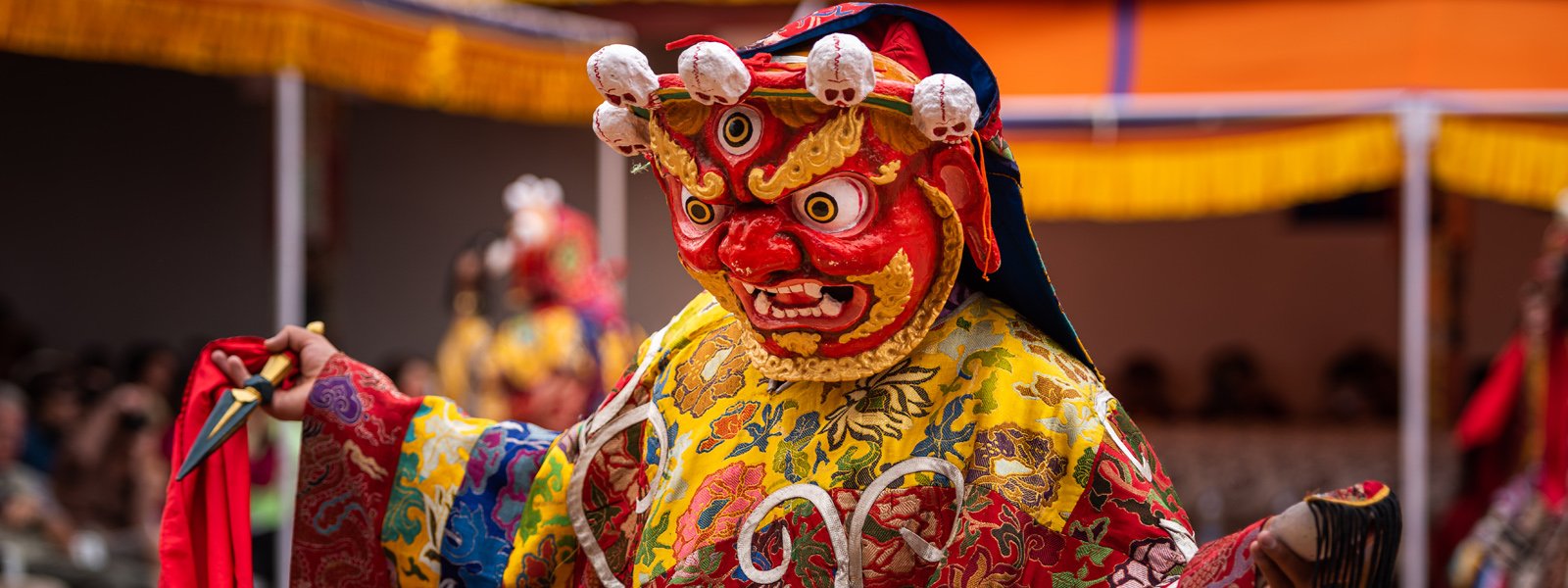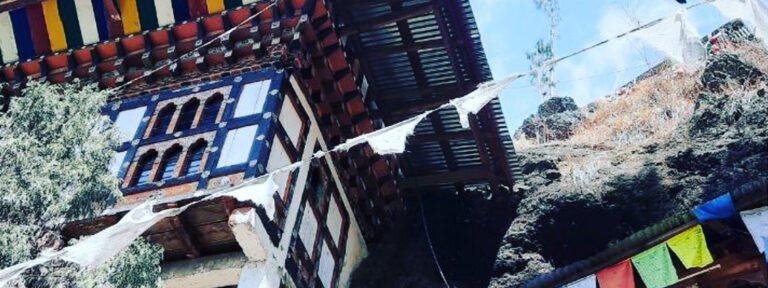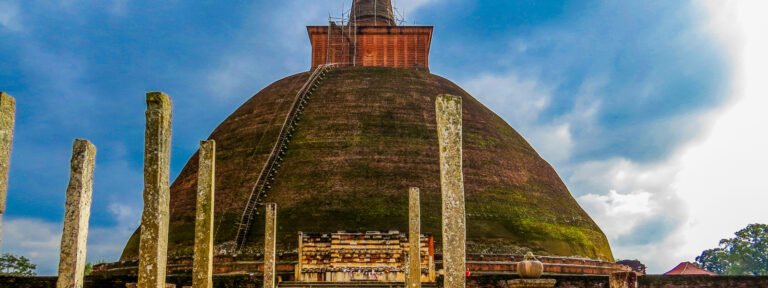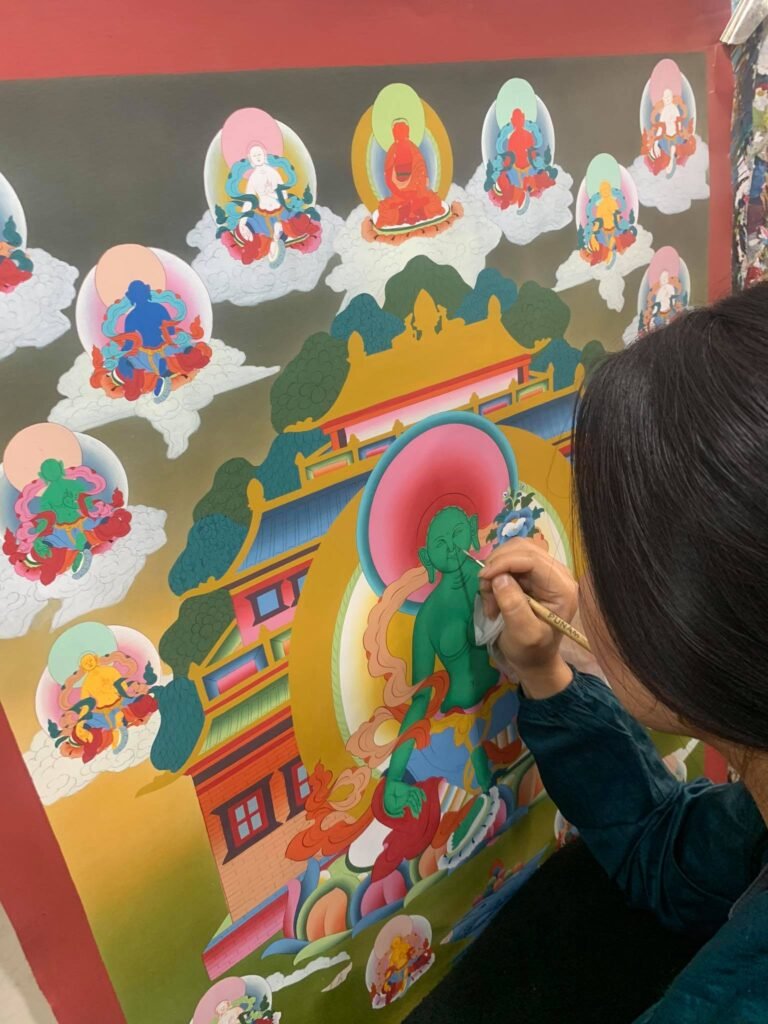Located in Andhra Pradesh in India, the Amravati Stupa is an exemplary relic that displays the best work of the Buddhist school of architecture. It is 65 kilometers away from the city of Vijayawada and attracts hundreds of pilgrims, followers, and tourists from India and across the world every year. While the radiant monument doesn’t need any sidelines to enhance the look, the placement of it on the banks of the River Krishna adds a lot to its charm and glory.
The Buddhist faith influenced Amravati, the then capital of the early Satavahana dynasty, all through the Kushanas of Mathura. The stunning stupa is bordered with a 2000-year-old Buddhist arrangement and a temple of the Lord Amaresvara.
As tall as the Sanchi stupa (the tallest) is, the foundation of the Amravati Stupa in Andhra Pradesh dates back to around 2000 years ago. This stupa is also commonly known as the Deepaladinne or Mahastupa. It was built by one of the delegates of Emperor Ashoka using bricks and comprises a rounded vedika which symbolizes Lord Buddha in a human figure on an elephant.
The platforms of the Amravati stupa are about 95 feet in height and stick out in 4 directions. The entire structure and its built are significant examples of the Mauryan architecture in South India.
The Amravati stupa is home to a number of images of Lord Buddha in a variety of sculptures. The gorgeous statuette and figures deduce the life of the Buddha and his personifications from the Jataka tales. The Vajrayana teachings of Kalachakra are what the majority of the archaeological specimens of the Stupa are linked with.

The Origin
While the earliest proofs of the origin of the Amravati stupa belong to the early centuries BCE, it can’t be exactly allotted to the regime of Aśoka with full confidence.
The construction of Amravati is said to have been spread over two periods along with some other additions comprising railings (vedika) and stamped slabs placed roughly around the stupas. Since the slabs were placed at the base of the stupas that mimics the shape of a drum, these slabs came to be known as ‘drum slabs’.
Early on, the stupa had a plain railing including granite pillars with basic cross-bars and coping stones. The coping stones, first-ever drum slabs, and some other olden elements are thusly linked with this particular period. Looking at the size of the granite pillars, it can be safely assumed that the stupas must have been far larger during those times than they are today.
As far as the name of the Amravati stupa is concerned, it is comparatively new as it comes from the name of the town and the Amareśvara Liṅgasvāmin temple that was constructed in the eighteenth century. The ancient maps and designs that were drawn by Colin Mackenzie in 1816 name the Amravati stupa merely as the deepaldimma or ‘hill of lights’.
Being connected with Vijayawada and other prominent cities in the Andhra Pradesh region, Amravati is a location that is easily reachable. If you prefer air travel, Vijayawada’s airport is the nearest you can use to reach Amravati while those living in India can use the Guntur railway station.

